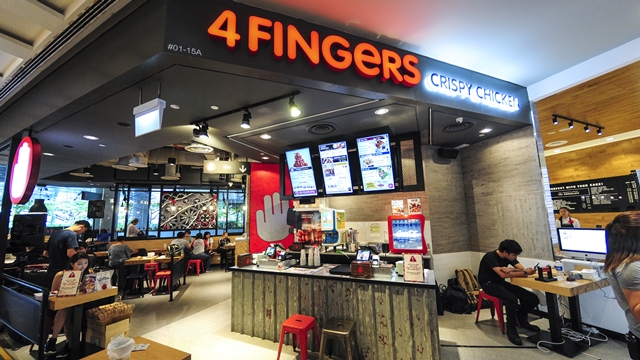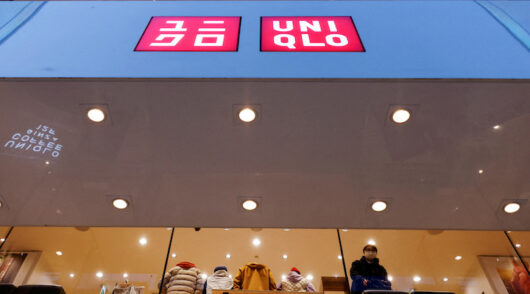Landlords need tenants and tenants need landlords. Both need to be healthy and both need to prosper. However, Singapore F&B rents in shopping centres are now unreasonably eating into operators’ profits because of the way mall operators are choosing to counter the e-commerce boom.
Throughout Singapore, mall owners are increasing the F&B retail space and bringing in more competition, but at the same time, they are expecting tenants to maintain profit levels – all while expecting the same amount, or more, in rent.
This is resulting in other problems as well. From 2014 to 2016, the amount of restaurant and fast food outlet space grew by 8 per cent in Singapore, even while sales slipped by 2 per cent. This resulted in a higher F&B business closure rate at 36 per cent. In other words, one in three F&B outlets closed in 2016 (according to Statistics Singapore).
A majority of F&B players in Singapore are already experiencing negative same store sales growth, and many are making a loss. ( Although not widely publicised, this can be gleaned from the published results of the listed operators or by a review of the annual accounts filed with ACRA of the private operators.)
The number of Singapore F&B outlets closing each year has risen from 2235 in 2010 to 2792 in 2016. Each consecutive year closures have averaged 2472.
‘Victims of asset enhancement initiatives’
A contributing factor to this decline in profits are mall asset enhancement initiatives (AEIs), a recalibration strategy by landlords to make malls more “experiential” in order to fight the decline in retail footfall due to migration to online. But too often, these recalibrations lead to greater F&B competition. If a mall previously had, say a 3000-person total seating capacity over lunch and dinner, suddenly doubling this through an AEI will not result in a corresponding increase in diners. More likely, it will cut sales at the existing outlets in half as visitors explore newer F&B options.
A weekday walk around a mall in northeast Singapore that increased its F&B component from 20 per cent to more than 30 per cent in late 2016 indicates a dismal F&B scene, with many outlets having fewer than 10 customers over the lunch period. A shopper at a newly opened wing in a north Singapore mall wrote on Facebook recently: “The mall is literally 95 per cent restaurants and 5 per cent shops… I wonder who the architect for the new wing is. The sole purpose seems to be cramming as many profitable F&B businesses with total disregard for the comfort of the shoppers.”
Comments like these are only getting louder and reinforce the threat of declining average revenue per outlet for F&B operators. The blowback to landlords could be significant if the never-ending new F&B supply suddenly dries up and this purpose-built space suddenly finds no takers. If that does happen, expect the pendulum to swing in favour of tenants as landlords are forced to reduce rents substantially to avoid empty spaces. It’s already happening in Australia where a similar surge in supply resulted in declining demand for F&B retail space.
‘Retail communism’
A unsettling trend already evident is mall owners trying to combat the problem by “rebalancing” rents – increasing the rents of better performing tenants whilst offering discounts to poor-performing tenants to incentivise them to stay in an otherwise unsustainable environment.
This, in effect, is retail communism in capitalist Singapore!
This increasingly untenable situation will not be easily resolved. Landlords make huge investments to create and improve retail experiences to remain relevant to shoppers. Likewise, landlords need F&B retailers who are healthy and producing profit margins that sustain investment in better in-store customer experiences.
How to solve an untenable situation
One solution is for landlords to have a plan for their tenant mix. For example, a manager of a high-end mall told us that 4Fingers was unable to take a vacant unit because the brand already had the optimal number of chicken brands in that mall last year. Though disappointed by this news, we highly commend the landlord for their professional approach to managing their tenants.

Tenants need to meet their landlords halfway and be willing to pay higher rents per square foot. But, in return, landlords should ensure a level playing field in a mall with a fair set of rules for the best players to thrive. This can be resolved by committing to a reasonable number of F&B outlets as a percentage of total net lettable area and also better management of the F&B tenant mix by limiting the number of directly competing offerings in a mall. The goal should be to secure experiential brands that can maximise the revenue per square feet, thereby driving traffic to the mall to benefit non-F&B tenants.
It seems like an impossible situation to resolve, given the lack of trust and adversarial relations between mall owners and F&B outlets. However, landlords and tenants must find common ground and work together to achieve their shared goal of sustainable profit and customer satisfaction.
- Vijay Sethu is director of chicken cafe 4Fingers






